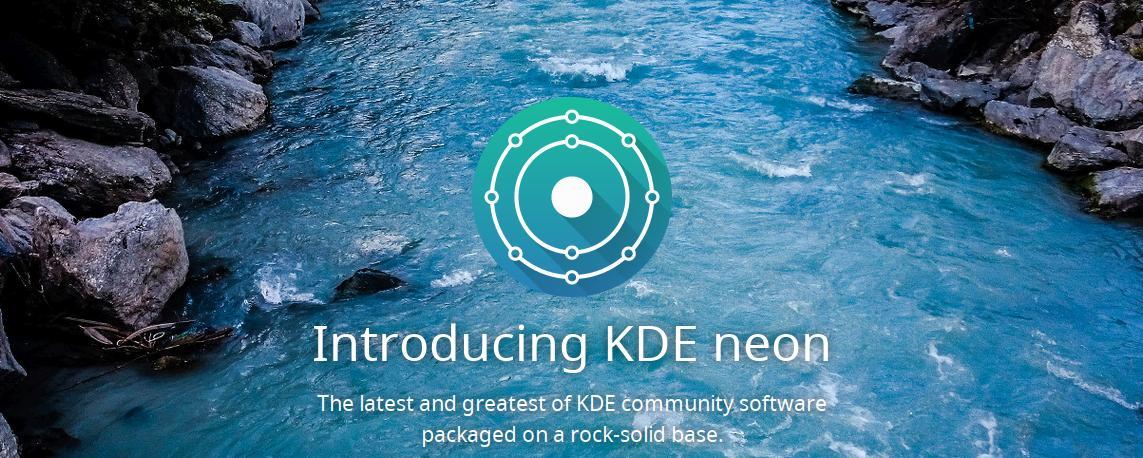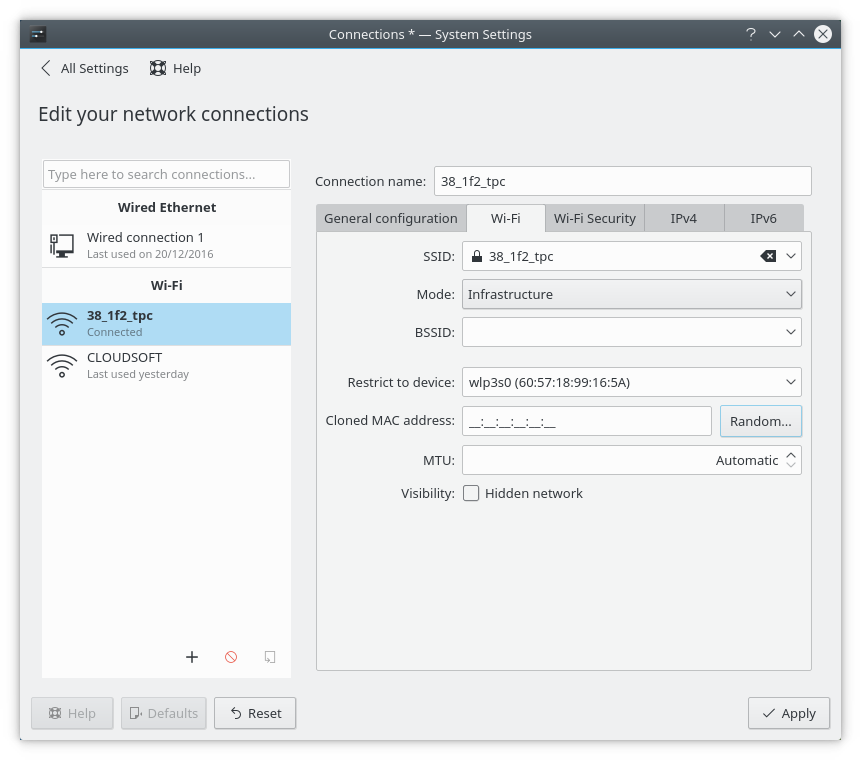Fresh KDE from developers plus stability Ubuntu 16.04 -> KDE Neon

I think that none of the Linux adepts will deny the great contribution to the development of the ecosystem that Ubuntu has made. Yes, resources are not enough for many, projects are often thrown half way. But, as it seems to me, they managed to achieve an excellent balance between stability and freshness of the package base. Some very correct line between the sustainability of the noble mold in Debian and the continuous search for what broke off when upgrading to Arch Linux. Want to just work? We sit on the LTS versions of the distribution with default repositories. Need some specific software? We connect PPA from the developer. We have installed fresh hardware, we need support in the core, but I don’t want to leave LTS - we use LTS Enablement Stacks ( HWE ).
Not everyone likes the default Unity shell, but here the whole Ubuntu Flavors family is at the user's disposal. I chose KDE and Kubuntu in my choice, respectively. Everything was fine, but sitting on the LTS releases inevitably leads to craving for adventure and breaking the system. And then I went in search of something new.
Kde neon
When the KDE developers realized that their development rates were far ahead of the speed of introducing fresh packages by the maintainers, they decided to create a separate distribution. No, I understand that now readers will experience multiple sarcasm and rightly stick a finger into more than one hundred of such distributions with non-dull wallpaper. However, not everything is so bad.
The key feature of the project is the main package base of the stable version of Ubuntu LTS and the whole KDE environment, which receives an update immediately after release. For example, KDE Plasma 5.9.3 will only be in the upcoming release of Kubuntu 17.04. With Neon, the bulk of the packages are absolutely stable and you have all the advantages of long-term distribution support. That is, not a complete distribution, but a handy designer, despite the presence of their assemblies.
')
Distribution structure
Any more or less experienced user understands that often the line between distributions is very blurry. And the same Xubuntu differs from Lubuntu with Kubuntu only in the set of default packages and sometimes connected repositories. I was very pleased that the creators did not follow the path of the same Elementary OS, but simply carefully connected their repository.
The team aims to use their repository on all compatible distributions. If there is a certain thirst for adventure, you can upgrade to Neon by simply updating /etc/apt/sources.list. Although there may be their own rake.
Installation options
The recommended option is to install from scratch from their image. You can download them from the official page . Delivery options:
User Edition - fresh stable KDE environment packages, optimal for daily use.
User LTS Edition - LTS version Plasma Desktop + fresh application packages (Krusader, Konsole, and others) - optimally for those who need a stable DE, but want to update the software base.
Developer Edition Git-Unstable - pre-release version of unstable branch. Daily build.
Developer Edition Git-Stable - pre-release version of bugfix branches. Daily build.
You can also connect their repositories to a regular Kubuntu. However, the official manual warns that in this case everything will surely break. Compatibility with the Kubuntu base is not and is not tested. I went this way. Indeed, several packages broke off, but we managed to fix dependencies by hand without any problems. If you try this option - do not forget to do something like
sudo rsync -axv / /mnt/backup/root_backup General sensations
The system is very stable, I have not received any global problems. With that, I initially had five or six third-party PPAs connected. KDE Neon maintainers work very carefully and almost do not climb dependencies beyond the limits of their software. Fresh plasma does not fall) RAM is also eating very delicately - something in the region of 500-600 MB, taking into account background processes such as Owncloud and the preload daemon. Once a week and a half a big update arrives in a few dozen packages. Indeed, everything is very fresh.
New in Plasma 5.9

More pleasant network-manager
Improved scrolling animation

Global menu returned

Task Manager Redesign
Primary support for Wayland also appeared, but it didn’t take off. Maybe I'm curved.
UPD
Distribution is damp. The first victims are already there, do not forget backups.
massimus :
This bnya demolished me / home, although I asked to mount and not format.
Source: https://habr.com/ru/post/323854/
All Articles